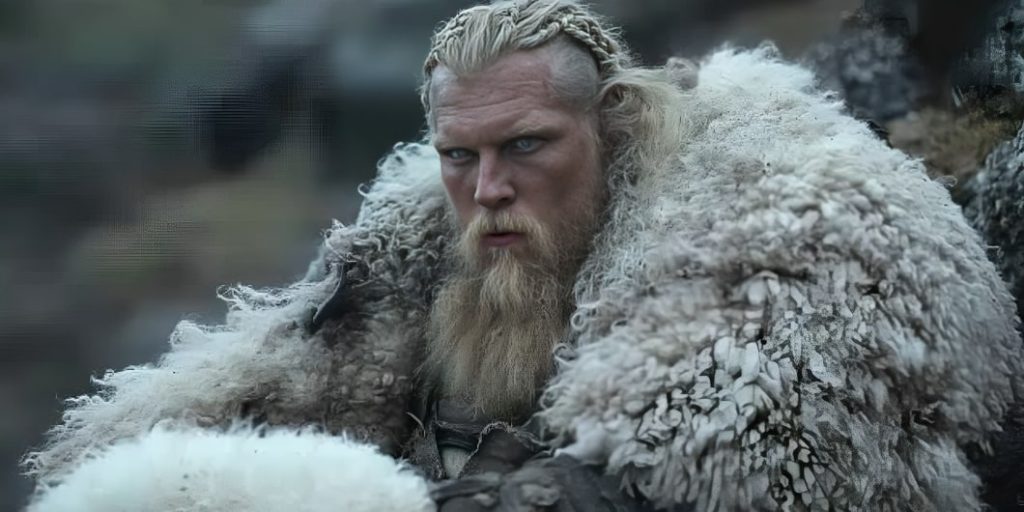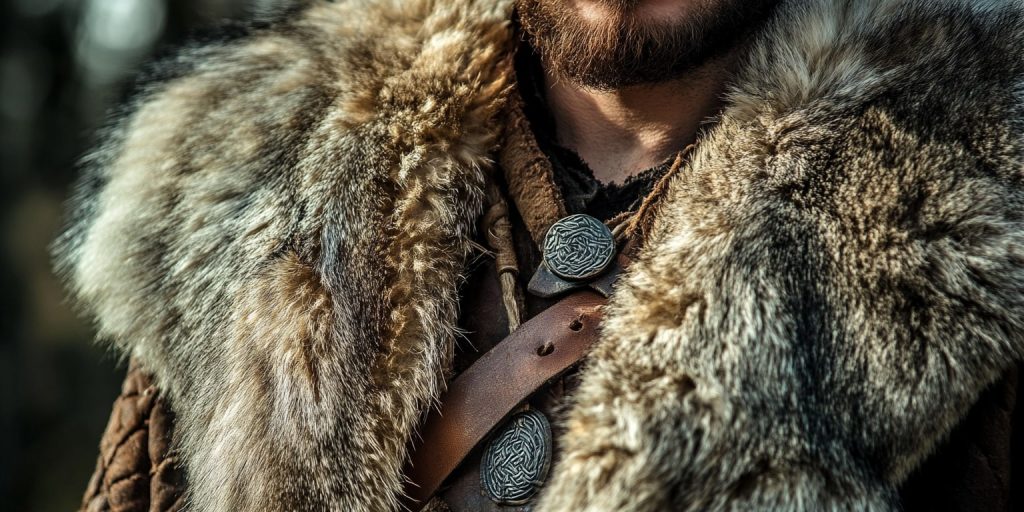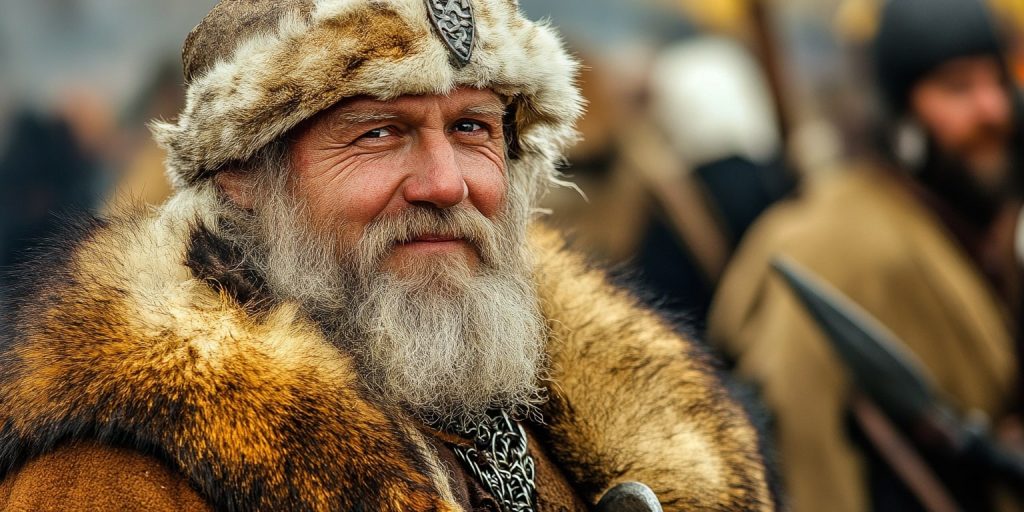Daily Life in the Viking Age, Viking Clothing and Jewelry, Vikings
Did Vikings Wear Pelts?
The Vikings were known for their bold adventures and unique clothing. Their outfits included a viking pelt made from animal fur. This kept them warm in cold Scandinavia.
Viking clothing showed their culture and status. They wore pelts in their clothes and armor. This showed their skill and wealth.
Understanding Viking Clothing and Materials
Viking clothing was made to keep warm and protect against cold climates. They used natural materials to make clothes that were both useful and comfortable. Each fabric had its role, helping the wearer in daily life and adventures.
Sources of Wool and Fur
Wool was key in Viking clothing. They raised sheep for wool and meat, using different sheep breeds for soft and coarse wool, which complemented their Viking cloaks.
Fur was also important, and it was obtained from hunting. Rabbits, foxes, and reindeer were hunted. Rabbit fur was especially valued for its warmth and softness.
Common Fabrics Used in Viking Clothing
Vikings made clothes from various fabrics. This showed their need for practical and durable clothes, essential for any Viking seller of garments. The woolen cloth was woven tightly for strength or loosely for breathability.
Sheepskin was loved for its comfort and warmth. Leather was used in armor and shoes for protection. Linen was used for undergarments because it was light and easy to care for, making it a practical choice beneath heavier Viking cloaks.
The Role of the Viking Pelt
The Viking pelt was key in Viking life and society. It was more than just clothes. These furs met practical needs and showed important cultural values. The pelts came from wild animals and domesticated ones.
Types of Pelts Used by Vikings

Vikings used many types of pelts, including those for crafting a fur mantle. The most wanted were:
- Wolf pelts are known for their warmth and toughness.
- Bear pelts are seen as symbols of strength and courage.
- Sheep and goat pelts are used for everyday clothes.
These pelts were used in many ways, like in cloaks and linings. They showed the mixed usefulness and luxury in Viking fashion, often incorporating fur mantles for added elegance.
Cultural Significance of Fur in Viking Society
Fur was essential in Viking society. It kept people warm in cold weather, especially when wearing a Viking cloak. It also showed who was rich and important, particularly through luxurious fur collars.
Fur was valuable for trade, linking it to the Viking economy. Owning fine pelts showed a family’s wealth and status. This made a big difference in their social standing.
How Vikings Crafted Their Clothing
Craftsmanship was key in Viking clothing making. They used detailed techniques that showed their skill in sewing and weaving. They made tunics and cloaks that were both useful and stylish.
Techniques for Weaving and Sewing Viking Garb
Vikings used many methods and tools to make their clothes, including those for adding faux fur accents. Weaving was important for making fabrics, with the loom being the main tool. They used:
- Spinning wool with a drop spindle for quality threads.
- Weaving fabrics with patterns, often simple shapes.
- Sewing with woolen or leather threads.
Viking clothes had decorations that added to their beauty and use. Brooches held cloaks and mantles, adding style and function. These crafts showed great skill and told stories of their culture through each piece.
Viking Warrior Dress: Functionality and Style
Viking warriors’ clothes were made to be both useful and stylish. Their dress was not just for looks. It also protected them in battles and showed their status, often enhanced by a fur collar.
The Practicality of Fur in Battle Gear

Fur cloaks were key in Viking warriors’ outfits, often resembling a traditional Viking hooded cape. They had several uses:
- They kept warriors warm in cold weather.
- They protected against harsh weather, ensuring every Viking warrior was ready for battle.
- They were light so that warriors could move easily.
These fur cloaks were part of the warriors’ armor. They kept the warriors safe and warm. The Vikings were smart in making clothes that worked well for different situations.
Symbolism of Status and Wealth
The materials used in Viking warrior dresses, like authentic wool and fur, told much about a warrior’s status and wealth. High-quality fur and fancy armor showed:
- Who was important in the community.
- How much money did a warrior have.
- Connections to noble families were often reflected in the quality of their Viking fur garments.
These clothes were for protection and a statement of identity in Scandinavian society. They also showed off a warrior’s prestige. This made a big difference in battles and raids. So, the Viking warrior dress was all about being useful and showing off status.
Conclusion
The Viking pelt was key in Norse culture, often used to make distinctive Icelandic garments. It met survival needs and showed status and identity. The Vikings made clothes that showed their world and society.
This shows how fur was important in Viking life. It kept them warm and showed their wealth.
Looking back, the Vikings’ designs and customs still influence us, especially in modern Scandinavian fashion. We see their clothes in books, movies, and shows. Their clothes tell us about their values, survival, and how they lived, with each piece often featuring a belt, hood, or intricate rune designs.
Studying Viking clothes, especially the pelt, gives us a peek into their world. It shows how fur helped them survive and tells a story that still excites us today, especially regarding their use of authentic pelts in cosplay and reenactment.

